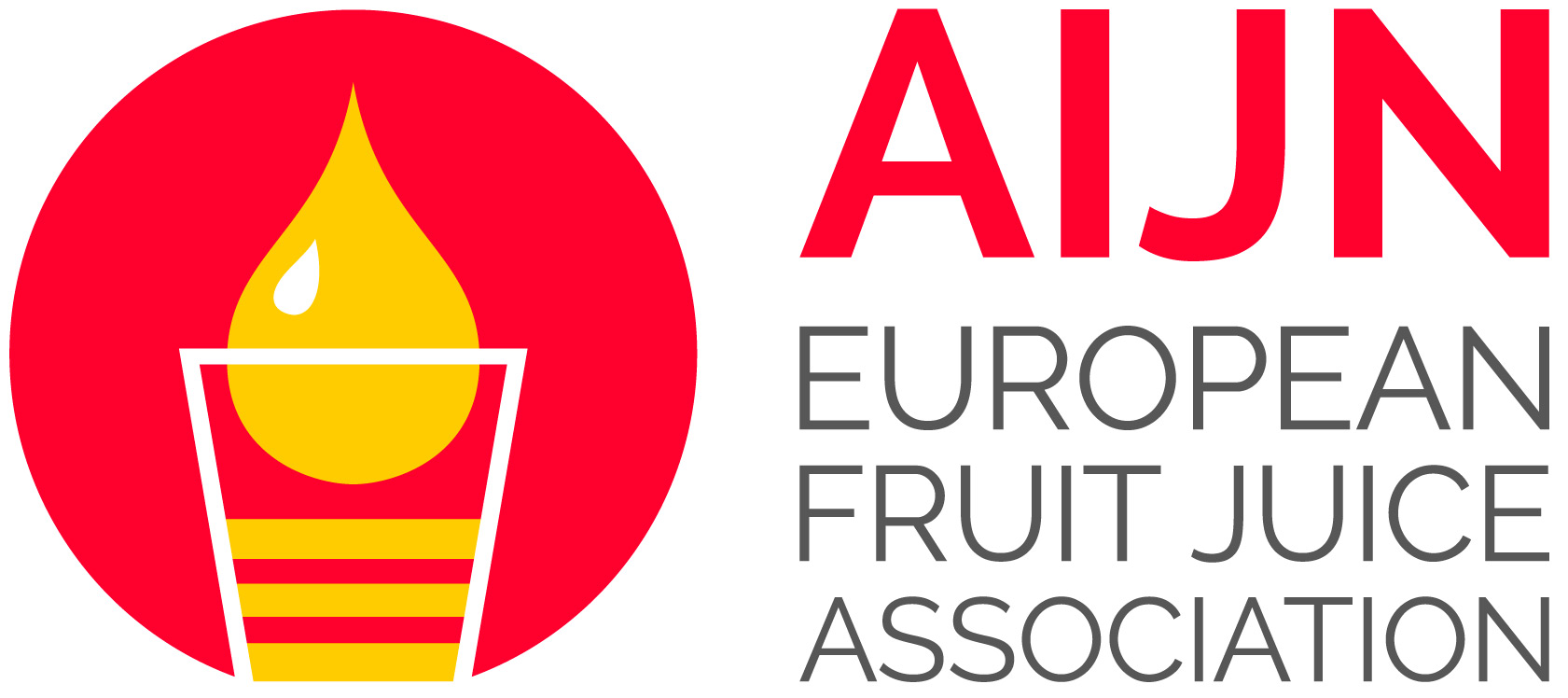Code Of Practice
Beetroot
Introduction Note:
This a short reference guide to propose values for the absolute criteria (A) criteria for beetroot juices. A further data collection will take place until sufficient values are available to propose values for the “B” criteria. This reference guideline seeks to define various acceptability parameters for lemon juice.
The parameters are listed under 2 sections:
• Section A contains various parameters that characterise the absolute quality requirements. They are considered as being mandatory for all lemon juices marketed in the European Union.
• Section B contains various criteria relevant to the evaluation of identity and authenticity. It also contains some less critical quality criteria. It is crucial for users of this guideline to understand that a valid conclusion, regarding the authenticity of a particular sample, can only be reached providing the analytical picture has been subject to expert interpretation. If some parameters do not fall within the values quoted in Section B this does not mean, automatically, that the sample is adulterated. In addition, it should not be seen as a list of analytes that all have to be measured. Rather, it is a source of information for experts to use to dedicate which particular aspects of the juice needs to be investigated.
Any provisional values will be indicated in blue, and any changes in the guideline will be in orange.
The values and comments in this guideline are based on pure, authentic juices, without permitted ingredients and/or additives, exhibiting the characteristic colour and flavour of the named fruit.
Beetroot juice is obtained, by definition of the AIJN Guideline for Vegetable Juices and Nectars from mature and sound beetroots (red beet) by mechanical processes and is treated by physical means.
It is understood that:
• Beet root juice is made from Beta vulgaris subsp. Vulgaris.
• Beetroot juice can be cloudy or clear
• As most vegetables are processed into juice the values in this reference guide are expressed on a volume basis e.g. in g/l or mg/l.
• Only the treatments and processes regulated by the AIJN Guideline Vegetable Juices and Nectars are permitted
• for the reconstitution of concentrated vegetable juices potable water should be used. For more information see Chapter 5.3.a under specific comments.
• The use of additives is regulated by horizontal EU legislation. The details are listed in annex 8.6.
• For more information on the maximum levels of contaminants more in Chapter 9, AIJN Guideline Maximum levels of contaminants in fruit and vegetable juice.
